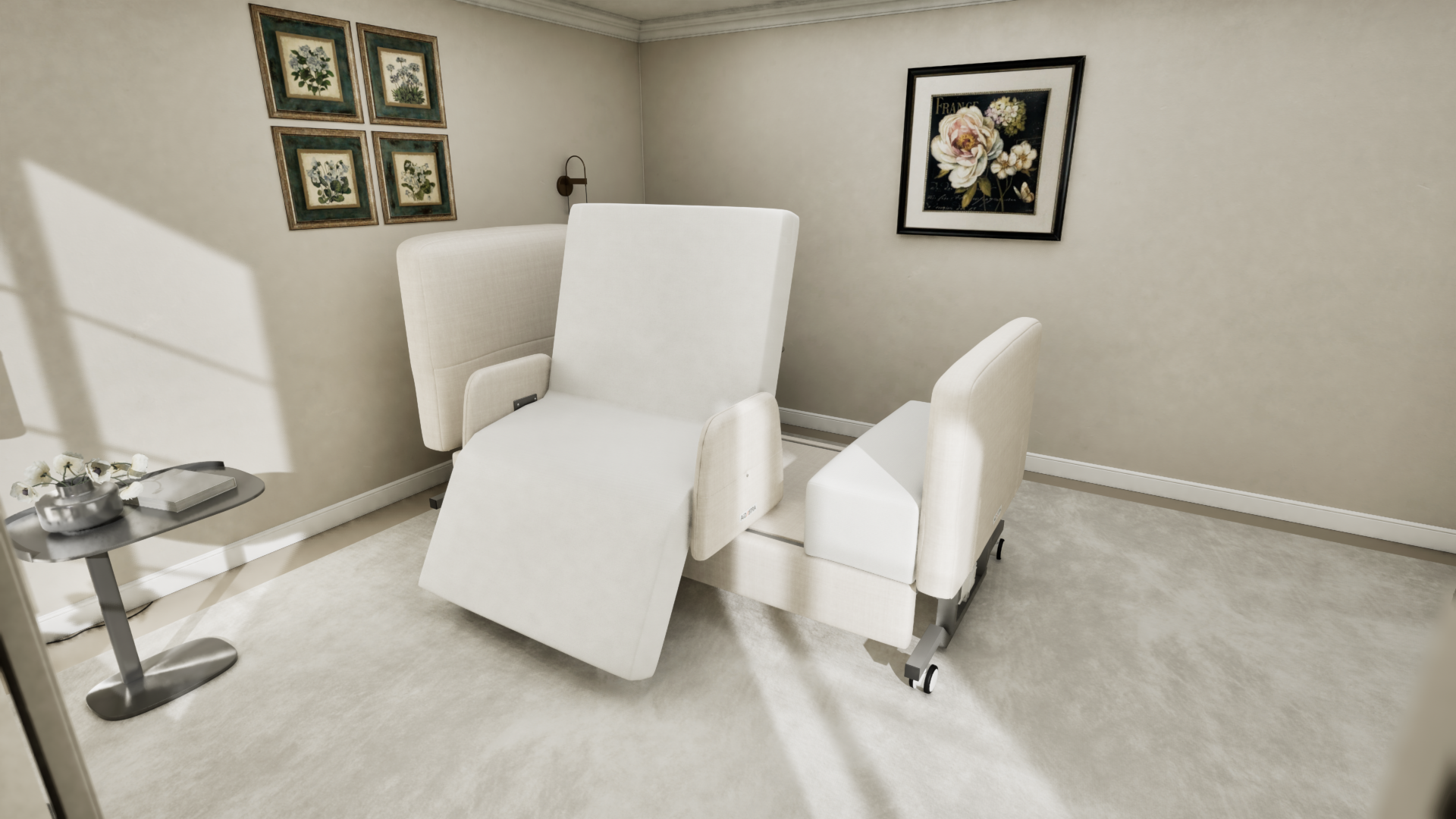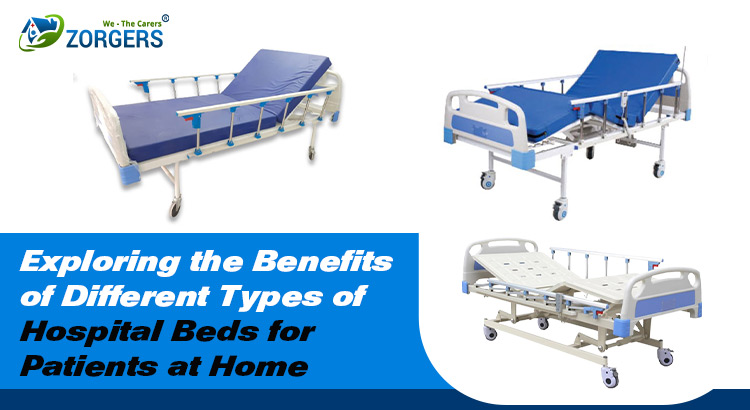Hospital Beds For Home Use Fundamentals Explained
Table of ContentsGetting My Hospital Beds For Home Use To WorkHospital Beds For Home Use - An OverviewSome Known Incorrect Statements About Hospital Beds For Home Use How Hospital Beds For Home Use can Save You Time, Stress, and Money.The 45-Second Trick For Hospital Beds For Home UseGet This Report on Hospital Beds For Home UseHospital Beds For Home Use Fundamentals Explained
There are 3 main kinds of health center beds: manual, semi-electric, and fully-electric. Even more types of medical beds exist and they are listed below. These beds utilize hand cranks to adjust the bed's elevation and increase and lower the head and the foot. Hand cranks are generally found at the foot of the bed and need an individual that is physically with the ability of operating.
Semi-electric beds have an electrical motor to increase and decrease the head and foot sections of the bed. Clients and caretakers adjust the positioning by pressing switches utilizing a hand pendant. The elevation of the bed is changed by hand with a hand crank. Full-electric beds have an electric motor that can raise the head and foot sections of the bed in addition to the whole height and positioning of the bed.
Unknown Facts About Hospital Beds For Home Use
There are several types of healthcare facility beds, each made to meet particular patient needs. Here are some usual types: This is the most common kind of hospital bed, created for basic medical use.
Reduced to the ground than a typical bed. This type of bed is created for bigger clients, with a broader structure and higher weight capability than a common bed.
This sort of bed is designed for critically unwell individuals who call for open surveillance and specialized medical tools such as ventilators and mixture pumps. This sort of bed is created for usage during labor and distribution, with flexible settings and features to support the mommy and infant throughout the birth procedure.
All About Hospital Beds For Home Use
Several feature and the accessories carry out broadening grip to different components of the vertebra and the extremities without moving the body. These are simply a couple of examples of the types of medical facility beds readily available. The details sort of bed utilized will certainly depend upon the patient's problem, clinical requirements, and various other factors.
Right here is the important things you require to recognize. A one-function hospital bed is a clinical bed that enables a patient to move just the head or foot area up or down. A 2 feature hospital bed generally describes a kind of clinical bed that has two adjustable features to help clients in healthcare facilities or care facilities.

Rumored Buzz on Hospital Beds For Home Use
A 7-function ICU bed is a sort of medical bed that provides numerous flexible functions to sustain critically unwell people in an extensive care device (ICU) (hospital beds for home use). The 7 features typically consist of: Back-rest modification: The backrest can be gotten used to numerous angles to aid the person stay up or relax comfortably
Height adjustment: The bed can be elevated or decreased to make it easier for clients to enter and out of bed, and for caretakers to give treatment. Trendelenburg placement: The whole bed can be tilted to promote blood flow and blood circulation in the body. Reverse Trendelenburg setting: The bed can likewise be tilted in the opposite instructions to promote blood circulation and blood circulation in the top body.
While even more inexpensive than electric versions, these beds need physical initiative for changes. The major benefits of hand-operated beds are their cost and dependability, as they don't rely upon electrical energy. Nonetheless, the requirement for manual initiative can be a discover this restriction in circumstances where quick changes are needed or where caretakers face physical obstacles.
Examine This Report about Hospital Beds For Home Use
Semi-electric medical facility beds provide an equilibrium of guidebook and electric controls. These beds offer a perfect center ground in between handbook and totally electric options, supplying ease of use without the full expense of electric versions.
Semi-electric beds are fit for patients who need modest adjustments to the head and foot sections but can manage without constant elevation modifications. This makes them a cost-effective service for those looking for comfort and benefit without the need for constant repositioning. Fully electrical hospital beds include electric controls for seamless adjustments to the elevation, head, and foot areas.
Specialty healthcare facility beds, such as ICU beds, long-lasting care beds, site link and bariatric beds, are thoroughly developed to deal with particular medical needs. These beds supply customized take care of varied person groups, improving both end results and convenience. In the following areas, we will explore the major sorts of specialized healthcare facility beds, describing their particular advantages and applications.
With years of experience in producing electrical straight actuators - hospital beds for home use and close collaboration with the healthcare sector, TiMOTION is well-positioned to supply trustworthy health care remedies. Our vertically incorporated company takes care of every step of the production process, from style to actuator assembly, ensuring we supply extraordinary value and tailored services customized to your particular needs
Fascination About Hospital Beds For Home Use

To find out more about integrating these modern technologies right into your items, contact us today. Additional reading:.
Information is sourced from the Medicare Cost Record.

The Ultimate Guide To Hospital Beds For Home Use
A health center bed is a bed created especially for medical purposes. It is not only an area for clients to relax, but additionally a platform for medical operations. Unlike normal home beds, medical facility beds typically have adjustable features, which can assist in clinical team to make numerous adjustments according to the needs of individuals, such as changing the height, inclination, and support angle of the back and legs of the bed.